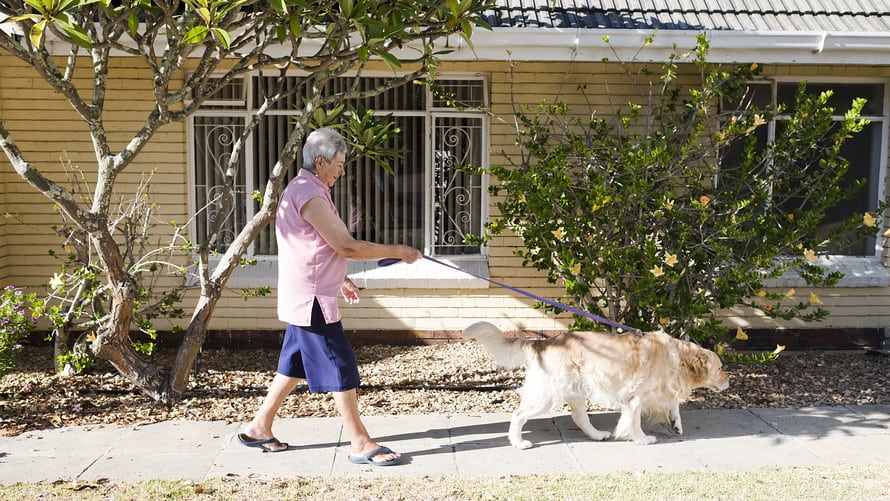No doubt you’ve heard the phrase “dying of a lonely heart.” It’s true, many people do. In fact, here’s a staggering finding: In terms of dying early, being lonely is worse—two times worse, in fact, than being obese.
That’s how unhealthy being lonely can be.
That’s according to researchers from the University of Chicago, who tracked more than 2,000 people aged 50 and over for more than six years. They found that the average person in the study who admitted being lonely had a 14% greater risk of dying an early death. In terms of mortality, the only thing worse was living in poverty. Sadly, some people fall into both categories.
Why is loneliness such a killer? Numerous studies link being alone—persistently alone and isolated, with little if any contact with family or friends—to everything from heart attacks, strokes, depression and anxiety.
How big of a problem is loneliness among older Americans? Very big, according to another survey on healthy aging, this one conducted by the University of Michigan’s Institute for Healthcare Policy and Innovation. It says that one in four people aged 50 to 80 feel isolated at least some of the time, and one in three lack regular companionship.
Contributing to this isolation, points out the Institute’s Erica Solway, Ph.D., are major life events like retirement, the death of a spouse, children moving away or becoming a long-distance grandparent. All can separate people from loved ones, former colleagues and neighbors who were once integral parts of a person’s daily life.
“Some people may not anticipate the challenges that this might bring for their social environment,” Solway says. “We found that 28% of people reported having social contact with people (e.g. meeting a friend for coffee) outside their home once a week or less, and 13% said it was every two to three weeks or less that they had social contact with people.”
It’s important to make a distinction between solitude and loneliness. Everyone needs time alone, and some enjoy it more than others. But solitude (like staying in to read a book) is a choice, while loneliness (being cut off from others) often is not. Humans are social animals, after all, and over time, the lack of interaction can inflict a physical and mental toll.
“We know there is an association,” says Solway. “But it’s unclear whether the loneliness is effecting the health, or the health is effecting the loneliness.”
But Solway says there’s one health issue that is absolutely driving loneliness, and that’s poor hearing. “We found that people who had fair or poor hearing were more likely to report a lack of companionship and feeling isolated.” Get your ears checked, folks.
Meantime, do things like email, social media and video chats count as social interaction? It’s subjective. For some, a Skype call with a friend or grandchild may be enough to stave off loneliness. Still, holding that grandchild’s hand can’t be beat.
People dealing with one or more of the above-named life events—retiring and moving away, recovering from the loss of a spouse etc.—have remedies. One has four legs and a tail.
“We found that over half of adults 50 to 80 had pets, and a very high percentage of them reported that the pets helped them connect with others,” Solway says. This in turn, can support better mental and physical health.
And pay it forward: consider volunteering somewhere in your community. It’s a good way to meet new people and doesn’t it feel good to help others?
Older Americans with mobility issues might find owning a dog or out-of-the house volunteerism difficult. But there are still things they can do to feel useful—and engaged. How about using your skills to be an online mentor for others? Or hosting tutoring sessions for children? These are just some of the opportunities you can find on AMAVA, an organization that helps people engage with their community. Take a look and you just might find something that fits.
AMAVA focuses on social engagement because, its website says, “it can be more important to wellness than genes, nutrition or fitness. It’s downright scary how dangerous isolation can be.”

